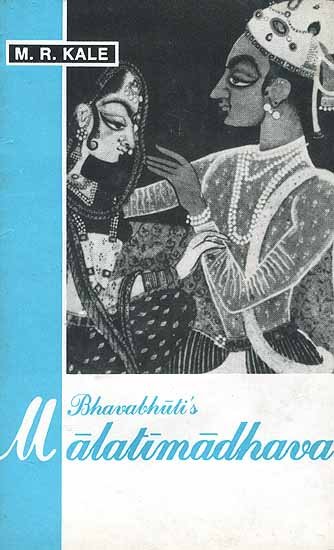Malatimadhava (study)
by Jintu Moni Dutta | 2017 | 52,468 words | ISBN-10: 8120813057 | ISBN-13: 9788120813052
This page relates ‘Position of Marriageable Girl in 8th-century India’ from the English study on the Malatimadhava of Bhavabhuti:—A Prakarana type of Drama in ten acts revolving around the love-story of Malati (from Padmāvatī) and Madhava (from Vidarbha). This study discusses the history of its author and the literary, social, religious, historical and cultural aspects of the Malatimadhava.
Part 3.3 - Position of Marriageable Girl in 8th-century India
During Bhavabhūti’s time girls were kept under the protection of their parents. The girl’s father selected bridegroom for his daughter and the girls had no voice in it. As in the Mālatīmādhava, Bhūrivasu, the father of Mālatī arranged Mālatī’s marriage with Nandana, the minister of a king.[1] Bhūrivasu decided to give his daughter to Nandana. On the other hand, Mālatī loved Mādhava deeply.But she did not oppose her father’s decision. Even when Lavaṅgikā, her friend suggested her about Gāndharva marrage, she solemnly declared that she would rather die than bring disgrace to her family and to her parents.[2] It indicates that during Bhavabhūti’s time girls did not go against father’s decision.
Footnotes and references:
[1]:
astyetatnaredravacanānurodhināmātyena nandanasya pratipannā mālatīti /
Ibid., I.p.55
